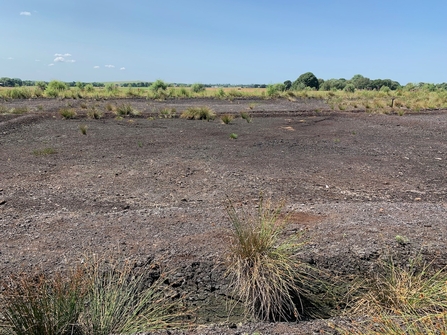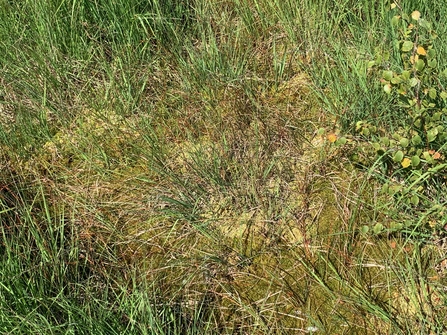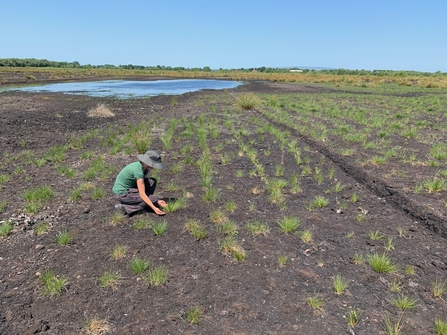My name is Lorna Smithers and I am a Greater Manchester Wetlands Trainee on the Manchester Mosslands. I live in Penwortham, near Preston, in Central Lancashire and around ten years ago started researching the history of my local area and finding out how our wetlands and lakes, such as Martin Mere, were drained. This filled me with an indelible sense of mourning. I spoke out to the council against South Ribble’s last remnant of lowland raised level peat bog, Much Hoole Moss, being turned into a paint-balling site without reprieve. I recorded their histories, wrote them poems.
I volunteered with a number of community and conservation organisations throughout this period. In November 2019, realising the value of this work, and that I would never make a living as a writer, I gave up the supermarket job through which I was supporting myself and saving up, and started volunteering with the Lancashire Wildlife Trust full time as way into a career in conservation.




